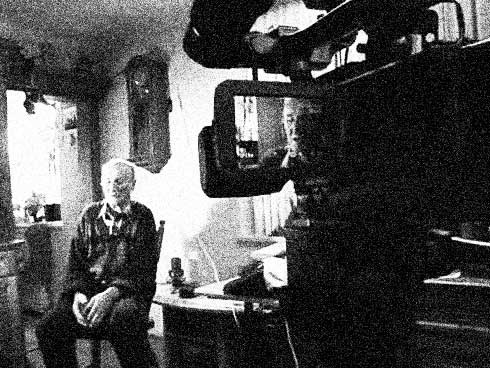The resistance movement in Poland
In September 1939 the Polish government was evacuated to France, where the Emigration Government was created. At the same time in Poland emerged conspiracy organizations that prepared to fight against the occupants. Gradually these two centers of government started to coordinate, so creating the structure called the underground state. This organization was stronger in the General Governorship land and less active on the territories annexed to Germany and the Soviet Union.
The exiled President, Government and Parliament led foreign politics and supported the conspiracy in Poland through the person of the Government Delegate to the Country and the Delegacy subject to him – an underground administration whose task was the preservation of the State Administration continuity, the preparation to take control over the Country after the war, the registration of the occupants’ acts and the documentation of war crimes, charity activities, underground education and jurisdiction. In occupied Poland a conspiracy army started forming, known since 1942 as the AK.
In the spring of 1944 the army numbered 300.000 soldiers and was the largest organization of this type in Europe. The fundamental purpose of its activity was to prepare a nationwide uprising. While waiting for the right moment for the rising the army engaged in intelligence, subversive and propaganda activities.
The third element of its organizational structure was a representation of political parties that defined the main trends of the underground politics and had an influence on the Delegacy activity. The image of the resistance movement can be supplemented by many smaller organizations committing acts of small sabotage or hiding refugees from the ghetto. The Jews who were confined to ghettos since 1939 also put together their own underground armed organizations. There was a mobilization of the AK in 1944 after the soviet army entered the pre-war territories of Poland. On August 1st 1944 the Warsaw Uprising broke out. The Uprising’s goal was to liberate the city before the Soviets entered the capital. However, when the Soviet offensive stopped, the uprising fell, Warsaw was totally destroyed. The Soviets could now strengthen their own Institutions in the void left by the defeated Polish resistance movement.


